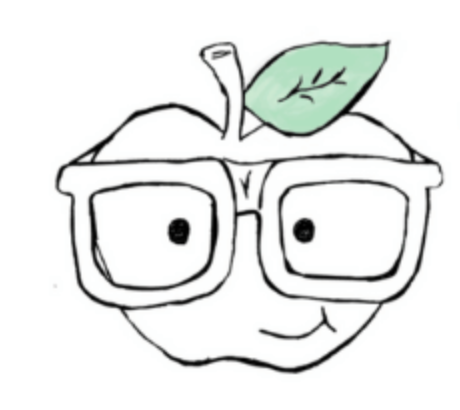
De Quervains Tenosynovitis: The One Exercise You Probably Aren't Doing (But Should)
When dealing with de Quervains we obviously spend the majority of our time treating the overloaded and irritated thumb tendons. And it makes perfect sense.
The painful area is obviously specific to the thumb.
However, I'm finding that the neck may hold the keys to explaining both the onset and persistence of de Quervains tenosynovitis. The neck itself may not feel overtly sore or stiff. But when assessing the area there's clearly some specific restriction there. It's truly interesting stuff.
It's important enough that treating this subtle neck dysfunction has completely revolutionized how I treat not only thumb tendonitis-type pain, but repetitive strain injuries as a whole. So with this in mind, it's fair to say that successful treatment might look a little different from what's currently out there in the industry at the moment.
But hopefully videos like this might help shift the conversation a little.
In this video, I discuss the seemingly hidden link between lower neck dysfunction and de Quervains tenosynovitis. Furthermore, I demonstrate one exercise that you are most likely not doing - but absolutely should. I'd almost go as far as to say it's a must-try. It's simple and instantly effective.
I genuinely hope this helps those struggling to shake their thumb pain. Please feel free to let me know how you're going in the comments. I'd love to be able to help where I can!
Topics Covered in This Video:
- What is de Quervains Tenosynovitis
- Finkelstein's Test for de Quervains
- How the neck affects thumb pain
- Lacrosse Ball Neck Stretch
If you found this video useful please leave a like and let me know in the comments! Also, please consider subscribing to the Your Wellness Nerd YouTube channel for more helpful information like this.
- Grant
Related: Instant Improve Your Neck Mobility with this Muscle Energy Technique (MET)
Equipment used in this video:
Please note: Affiliate link.
